Candles have been a source of light and ambiance for centuries, but today, they have become a statement piece in home décor and wellness rituals. If you’ve ever thought about making your own candles at home, you're not alone! Crafting your own soy wax scented candle is an enjoyable and rewarding experience that lets you control the scent, color, and style to suit your taste. Plus, using soy wax—a natural, renewable resource—makes it an eco-friendly choice. In this article, we'll guide you through the entire process of making DIY soy wax candles.

Why Choose Soy Wax?
Soy wax is derived from soybeans, making it a renewable and biodegradable alternative to paraffin wax. It burns cleaner, producing less soot, and has a lower melting point, allowing for longer-lasting candles. "Soy wax is a healthier option for the environment and your home because it doesn’t release harmful chemicals when burned.
Benefits of Soy Wax

- Eco-friendly: Made from soybeans, a renewable resource
- Longer burn time: Burns slower than paraffin wax
- Cleaner burn: Produces less soot and releases fewer toxins
- Easy to clean: Spills can be cleaned with soap and water
Tools and Materials for Making Soy Wax Candles
Before diving into the candle-making process, it's essential to gather all the necessary materials. Here's what you'll need:
Materials
- Soy wax flakes: You can buy soy wax in flake form, which melts easily.
- Candle wicks: Cotton wicks or wood wicks are the most common choices.
- Fragrance oils: Essential oils or candle-specific fragrance oils.
- Dyes: Candle dyes if you want to color your candles.
- Wick stickers or glue dots: These hold the wick in place.
- Candle containers: Heat-safe containers such as glass jars or tins.
- Thermometer: To monitor wax temperature.
- Pouring pot: A double boiler or microwave-safe bowl for melting wax.
- Stirring utensil: A spoon or chopstick to stir the wax.
- Wick centering device: A tool to keep the wick centered in the jar.
Optional Materials
- Silicone molds: For making pillar candles.
- Wood wicks: For a rustic touch in your candles.
- Two wick holders: For making two-wick scented candles in larger jars.
Safety Tips for Candle-Making
1. Always melt wax using a double boiler or a heat-safe container.
2. Never leave melting wax unattended.
3. Use heat-resistant gloves when handling hot wax and containers.
4. Work in a well-ventilated space.
Step-by-Step Guide to Making Soy Wax Candles

Step 1: Prepare Your Workspace
Before you start, make sure your workspace is clean and free of clutter. Lay down some newspaper or parchment paper to catch any spills. Gather all your materials in one place for easy access.
Step 2: Measure and Melt the Soy Wax
The amount of soy wax you’ll need depends on the size and number of candles you're making. As a rule of thumb, it takes about 1 ounce of wax to fill a standard-sized jar. For example, a 16-ounce container would need about 16 ounces of wax flakes.
- Place the soy wax flakes into a pouring pot or a heat-safe bowl.
- If you’re using a double boiler, place the pouring pot into a larger pot filled with water.
- Heat the wax slowly, stirring occasionally to ensure it melts evenly.
- Use a thermometer to check the wax temperature. The ideal melting point for soy wax is around 120–180°F (49–82°C), depending on the specific type.
Step 3: Prepare Your Candle Jars
While the wax is melting, it’s time to prepare your containers.
- Attach the wick to the bottom center of your candle container using wick stickers or glue dots.
- If you're making a two-wick scented candle, place both wicks evenly spaced apart.
- For a wooden wick scented candle, secure the wood wick in its holder and place it in the center of your container.
Ensure the wick is straight and centered, as this will affect how evenly the candle burns.
Step 4: Add Fragrance and Dye
Once the wax is fully melted and reaches about 180°F (82°C), remove it from the heat.
- Add your fragrance oil. A good rule of thumb is to use about 1 ounce of fragrance per pound of wax, but always check the recommended ratio for your specific fragrance oil.
- Stir the fragrance into the wax for about 2 minutes to ensure it’s fully incorporated.
If you're adding color, now is the time to do it. Add a few drops of candle dye and stir well until the color is uniform.
Step 5: Pour the Wax
Allow the wax to cool slightly before pouring it into your containers. The optimal pouring temperature for soy wax is around 120–140°F (49–60°C).
- Carefully pour the wax into your prepared candle containers, making sure not to disturb the wick.
- Leave a little space at the top of the container to prevent overflow.
- If you're making a pillar candle, pour the wax into a silicone mold instead of a container.
Step 6: Secure the Wick
Use a wick centering device to ensure the wick stays centered as the wax cools and solidifies. If you don’t have a wick holder, you can use chopsticks or pencils placed across the top of the container to hold the wick in place.
Step 7: Let the Candles Cure
Allow your candles to cool and harden at room temperature for at least 24 hours. Soy wax candles benefit from a curing period, during which the wax hardens, and the scent becomes more potent. Ideally, let the candles cure for 1–2 weeks before burning them.
Step 8: Trim the Wick
Once your candle has fully set, trim the wick to about ¼ inch (0.6 cm). This will ensure a clean, even burn and help prevent the wick from smoking.
Crafting Different Types of Soy Wax Candles
1. Pillar Candles
Pillar candles are free-standing candles typically made in molds. To create a pillar candle, you'll need a silicone mold instead of a jar or container. Pour the wax into the mold and let it set before removing it. Pillar candles are perfect for creating decorative, statement pieces for your home.
2. Two-Wick Scented Candles
Two-wick candles are ideal for larger containers. They provide a more even burn across the surface, reducing the likelihood of tunneling (when the candle burns down the middle but leaves wax on the sides). To make a two-wick candle, simply position two wicks at an equal distance from the center of the container before pouring in the wax.
3. Wood Wick Scented Candles
Wood wicks create a crackling sound when they burn, adding an extra sensory experience to your candle. Wood wicks require special holders, which are placed at the bottom of your container. Pour the wax as usual, and enjoy the soothing ambiance these candles provide.
Facts About Soy Wax Candles
- "Soy wax burns about 50% longer than paraffin wax, making it more cost-effective in the long run."
- "Unlike paraffin candles, which can emit harmful chemicals, soy wax is a cleaner-burning option, producing less soot."
- "Soy wax candles burn at a lower temperature, reducing the risk of burns if accidentally touched."
Common Candle-Making Mistakes to Avoid
- Overheating the wax: Soy wax can burn or discolor if heated above its recommended temperature.
- Not centering the wick: A misaligned wick will cause uneven burning, leading to tunneling.
- Adding too much fragrance: Overloading the wax with fragrance can cause the candle to burn improperly and reduce scent throw.
Frequently Asked Questions (FAQs)
1. How long does it take for a soy wax candle to cure?
A soy wax candle should cure for at least 24–48 hours, but for optimal scent throw, it’s recommended to let the candle cure for 1–2 weeks.
2. Why is my candle tunneling?
Tunneling occurs when the wick isn't centered or the candle hasn’t been burned long enough during its first use. Allow the candle to burn until the wax pool reaches the edges of the container.
3. Can I use essential oils in soy wax candles?
Yes, but keep in mind that essential oils have a lower flash point than fragrance oils, so they may not be as strong when burned. It’s essential to use the right amount to avoid overwhelming the wax.
4. Why is my soy wax candle frosting?
Frosting is a natural occurrence in soy wax, and while it doesn’t affect the candle’s performance, you can minimize it by controlling the pouring temperature and avoiding rapid temperature changes.
5. How do I clean up spilled soy wax?
Soy wax is water-soluble, so it can easily be cleaned with warm, soapy water.
6. What is the best wick for soy wax candles?
Cotton wicks are a popular choice for soy wax, but wood wicks are also excellent if you want a rustic, crackling effect.
By following these steps and tips, you’ll be able to create beautifully scented soy wax candles at home. Whether you’re crafting a wood wick scented candle for a cozy evening or a two-wick scented candle for a more even burn, DIY soy wax candles are a fantastic way to personalize your space and indulge in the art of candle-making.






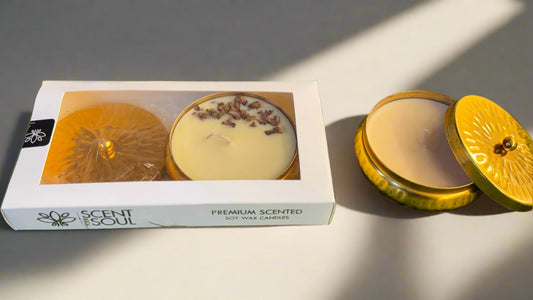
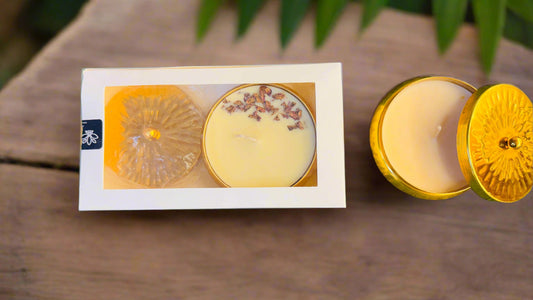

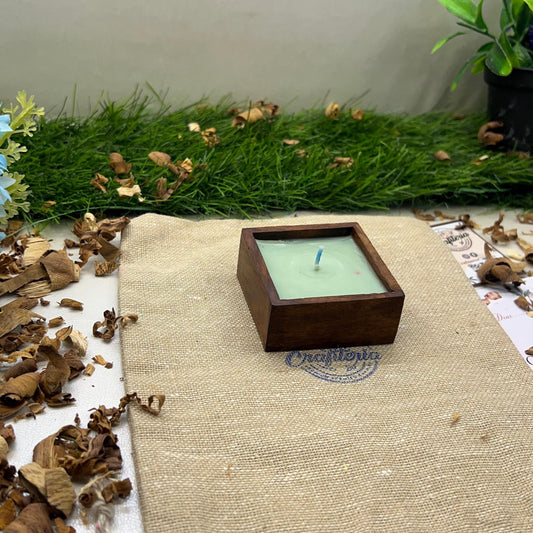
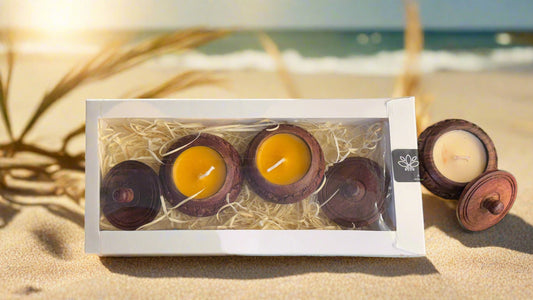
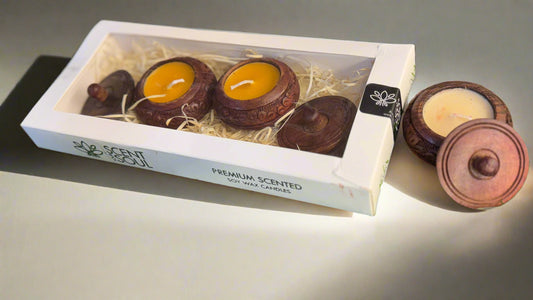
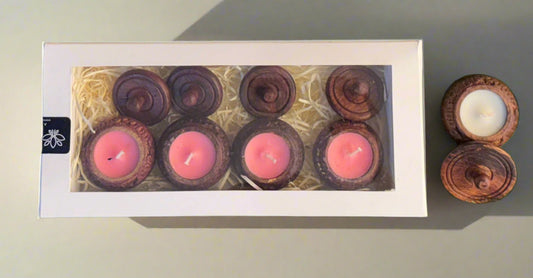
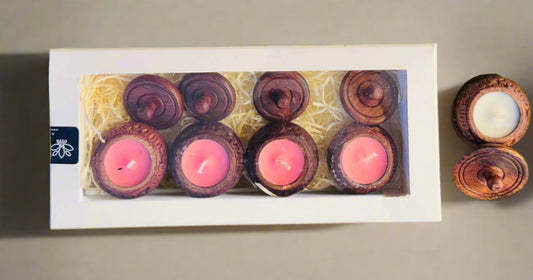





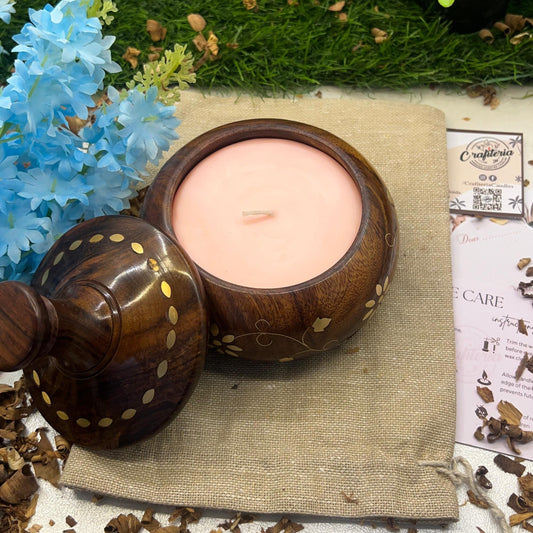
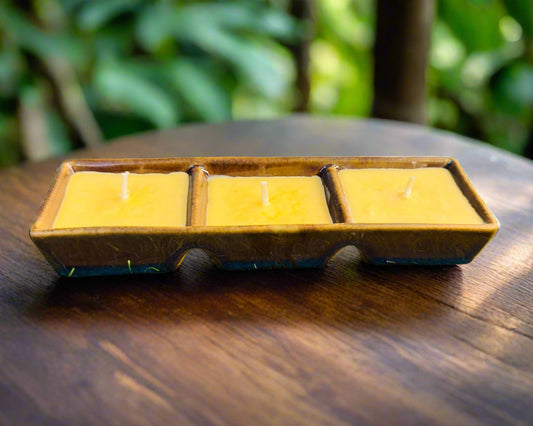
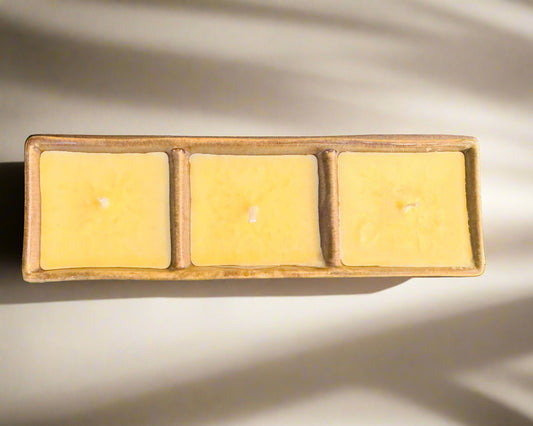







 Whatsapp us!
Whatsapp us!